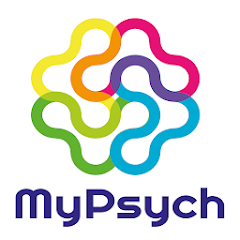At initiation of HDAT, a plan for ongoing monitoring must be agreed and completed by medical staff for the individual patient including;
• frequency of monitoring *
• responsibilities for monitoring and checking results
• regular review of progress
|
High Dose Antipsychotic Monitoring & Frequency*
|
|
Monitoring
|
Baseline
|
Ongoing
|
|
ECG
|
Yes
If a prolonged QT interval is recorded at baseline (QTc > 450msec in men and > 460msec in women), review treatment. Consider cardiology assessment. If it is decided to continue treatment. Record reasons for doing so in patient’s case notes.
|
• When steady state serum levels have been reached after each dose increment (consult a clinical pharmacist for advice on appropriate timescales)
• Then every 6-12 months *
|
|
U&Es
|
Yes
|
• Every 6 months *
|
|
LFTs
|
Yes
|
• Every 6 months *
|
|
Lipids
Blood glucose and/or HbA1c (for high dose therapies with increased risk of metabolic disturbance)
|
Yes
|
• Every 6 months *
|
|
Standard observations (bp, pulse, temperature)
|
Yes
|
• At least every 6 months*
• Following dose escalation, monitor for any deterioration in physical health.
|
|
Review of progress and ongoing need for HDAT
|
|
• Every 3 months |
|
Symptom rating scales e.g. CGI
|
Yes
|
• At 6 weeks
• At 3 months
• Then at least annually *
|
|
Side rating scales e.g. GASS or LUNSERS
|
Yes
|
• At 6 weeks
• At 3 months
• Then at least annually *
|
If a patient refuses to consent to HDAT monitoring, then this should be clearly documented within their clinical notes. Ongoing refusal to engage with monitoring must prompt review and consideration of cessation of high dose antipsychotic therapy.
* It is recommended that increased monitoring is undertaken when using higher risk therapy e.g. haloperidol, diuretics, concurrent medications known to cause QT prolongation or those with other risk factors.
With the exception of clozapine, plasma level monitoring is not routinely carried out for antipsychotics. In patients exhibiting signs of adverse effects/toxicity or where other risk factors are present, plasma level monitor of antipsychotics could be considered where assays and reference ranges are available.
